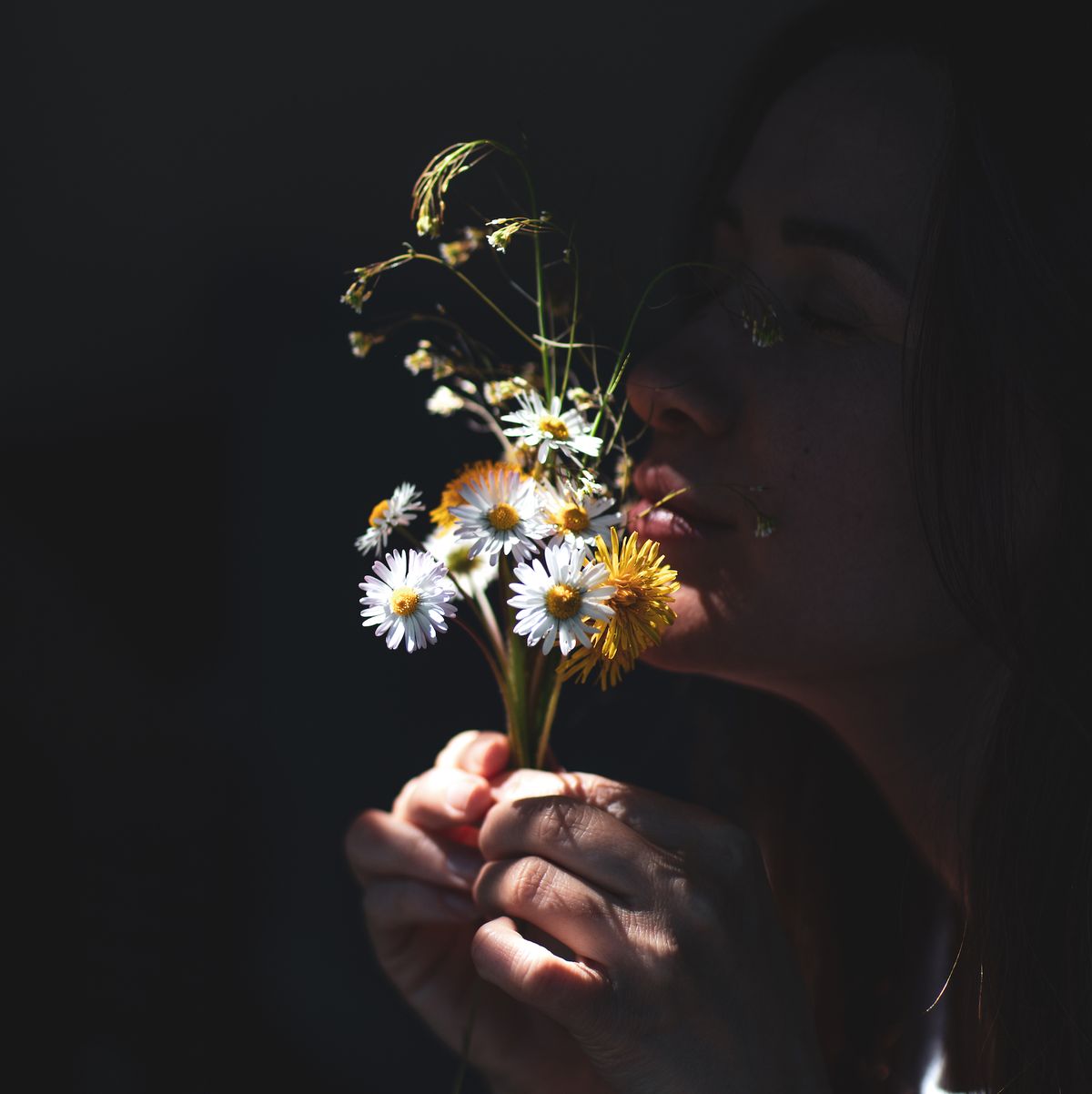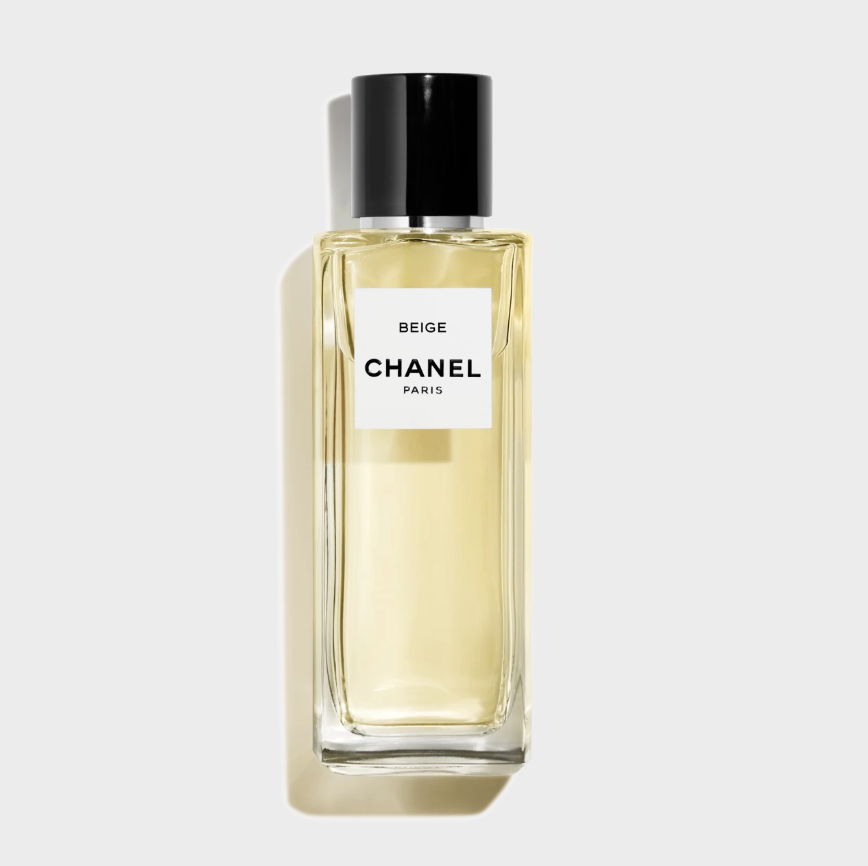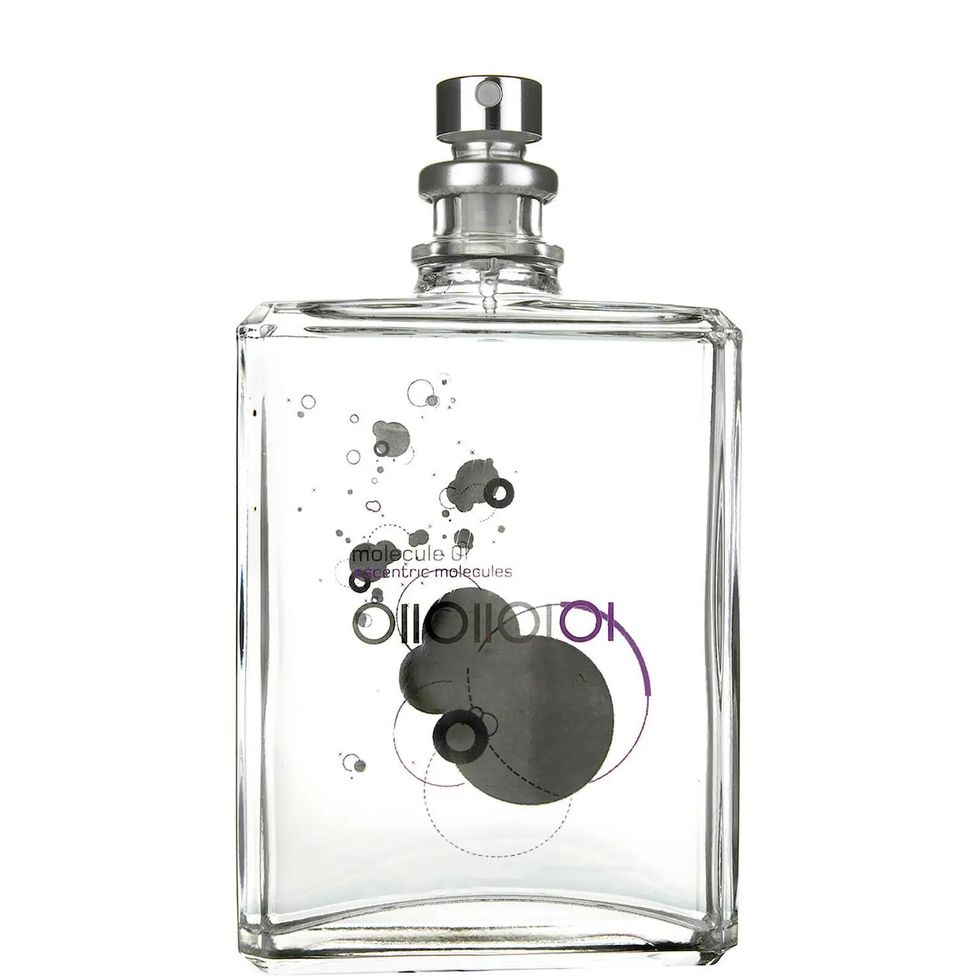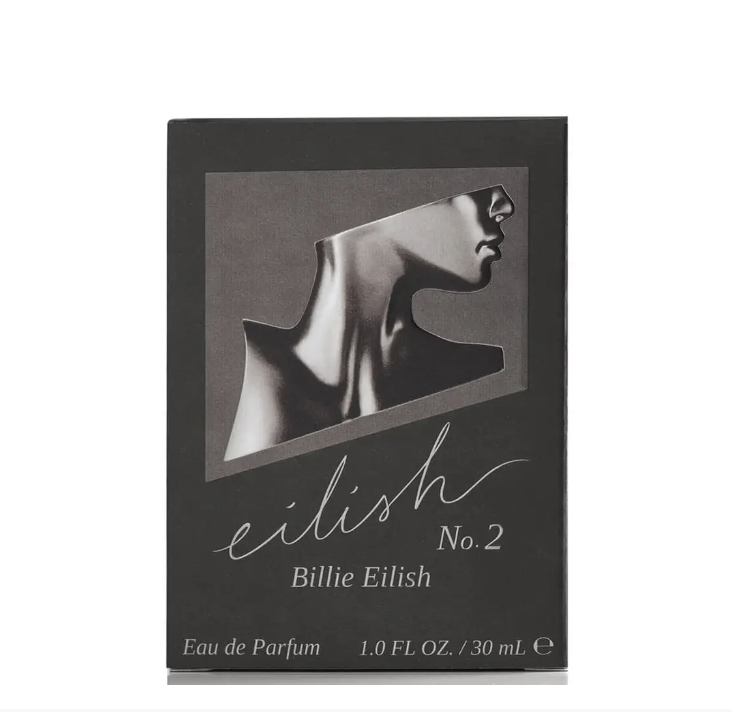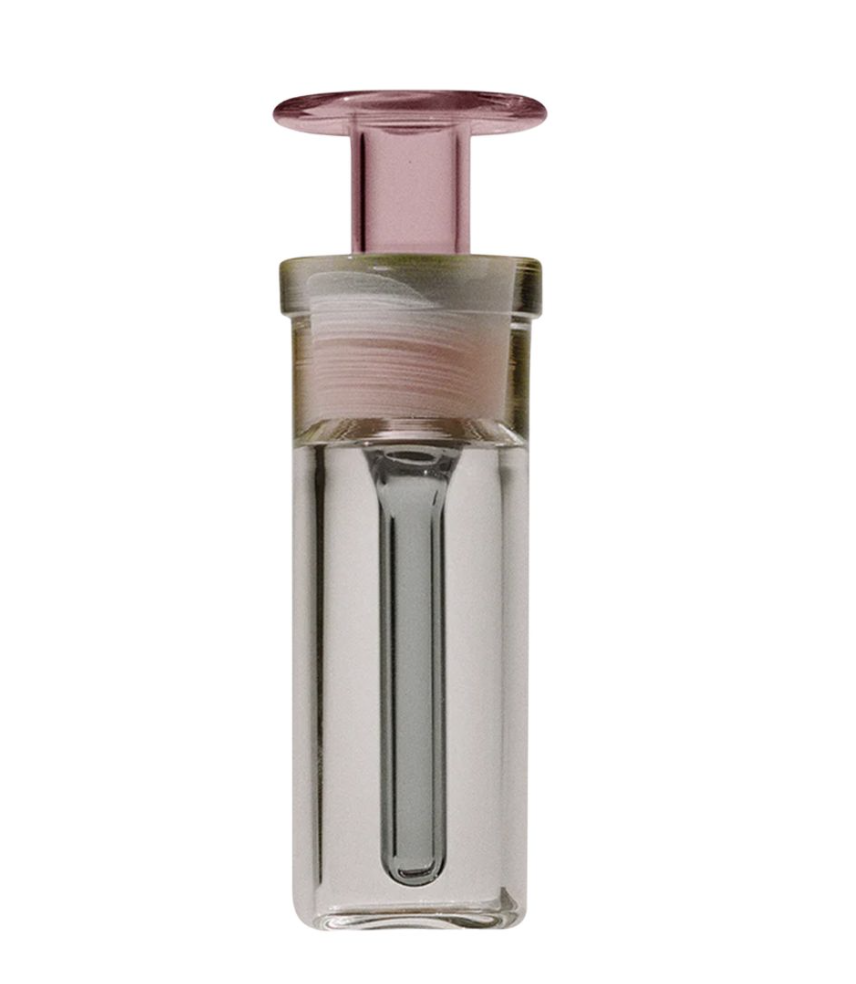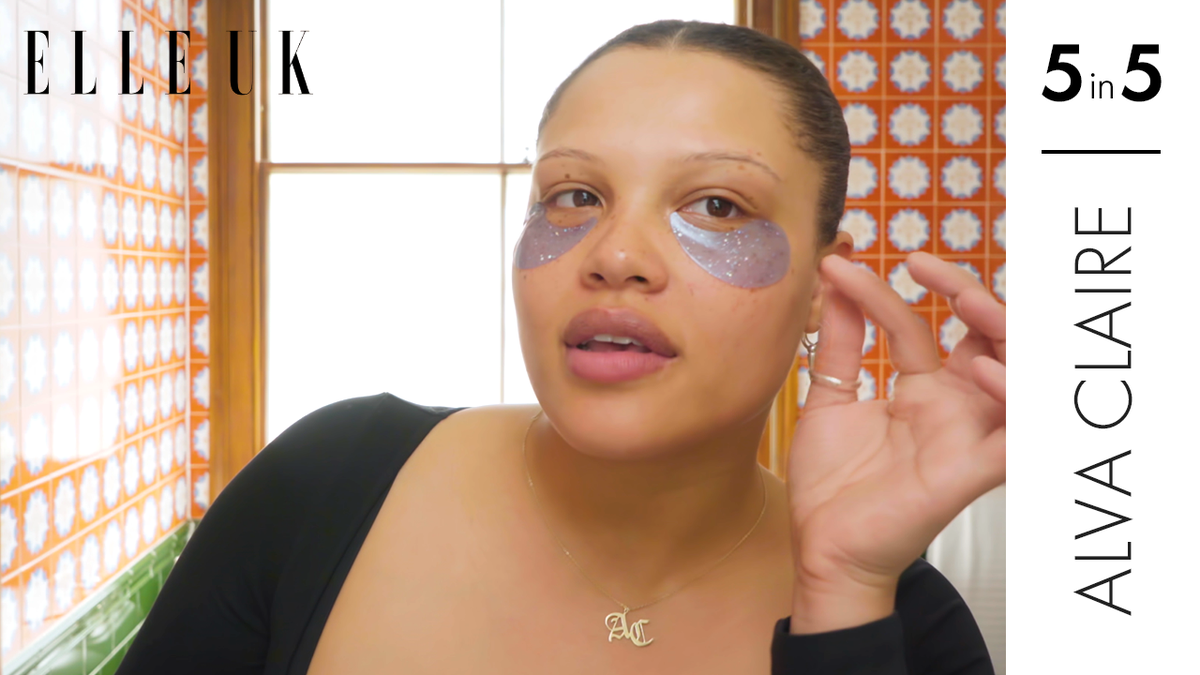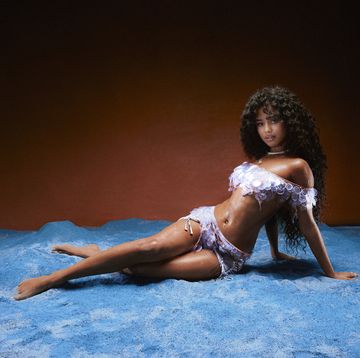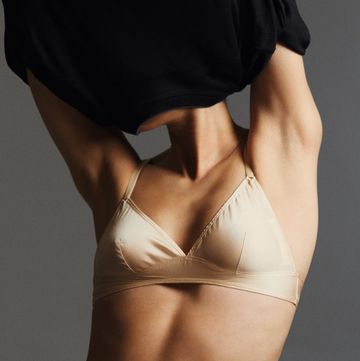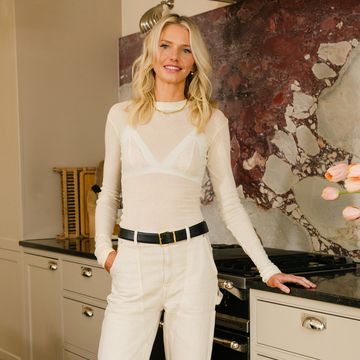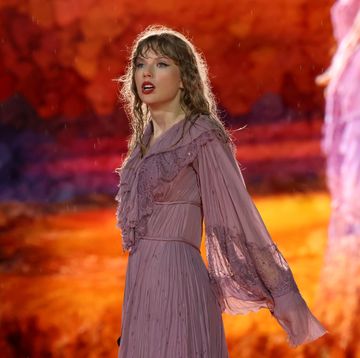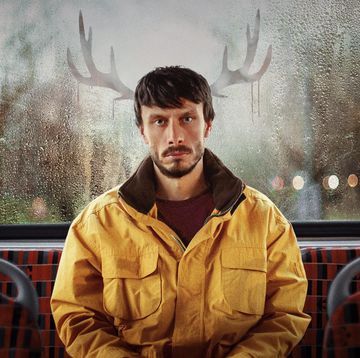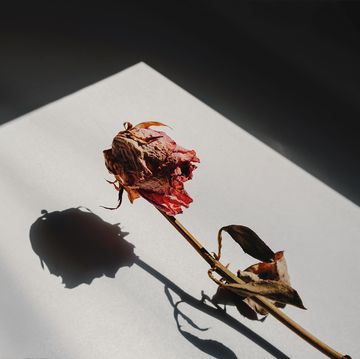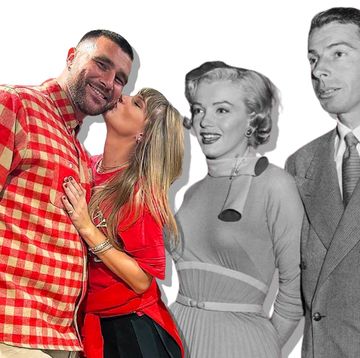As far back as I can remember, I’ve always thought everybody could taste what they saw, or see something they could smell. It’s been the norm for me to experience things in a multi-faceted fashion – something I later learned was defined as ‘Synesthesia’.
Synesthesia – which is described among experts as a ‘blending of the senses’ – is said to only affect between 2% to 4% of the population. While there are still many unanswered questions about how and why it happens, there has been some research in neuropsychology and neuroperfumery that sheds a little light on Synesthesia as a whole.
Described by researchers David Brang and V. S. Ramachandranwhich as 'a perceptual experience in which stimuli presented through one modality will spontaneously evoke sensations in an unrelated modality,' it’s believed that Synesthesia occurs 'from increased communication between sensory regions,' and is loosely thought to run in families.
There are said to be at least 60 different forms that have been documented, meaning these combinations are more extensive than you may have guessed. Essentially, Synesthesia means things like sights, smells or noises trigger more than one sensory region in the brain, and may happen when these parts of our brain work together – or are connected – more; a type of ‘cross-wiring’, if you will. For the ‘non-sciencey’ among us, Vyrao perfumer Yasmin Sewell describes the sensation as 'how we combine sensory feelings'.
Far from common, I’ve now found that as a beauty editor for eight years, Synesthesia mostly applies to my relationship with perfume. For me, it’s been the relationship between smell and sight that has been the strongest.
I’ve always been able to see the way a perfume looks even upon hearing its name, and more so when I give it a sniff. My beloved Chanel Beige looks sharp and sparkles, just like that emoji with the three yellow stars. The Noir by Le Labo is midnight; dark, like the witching hour and the month of November. As for Escentric Molecules’ original Molecule 01? It’s smart and slate grey, or a glass of ice cold gin, neat. Scent is exceptionally nostalgic for me and is also deeply connected with memory, emotion and life experiences – both ones I want to remember forever, and those I’d rather forget.
The only reason I’ve really begun to develop my understanding of Synesthesia in the past few months is thanks to the perfume industry as a whole – and its growing reliance on the power of the multi-sensorial journey. A short while back, I received an email in my inbox that had the subject line ‘Smelling Colours.’ It introduced me to Bleu Nour, a new fragrance brand created by Nour Ibrahim.
Ibrahim, who also has Synesthesia, explains she can 'perceive perfume in a tangible manner, giving each scent a visual identity that goes beyond traditional fragrance descriptors.' Celebrating her unique gifts, she has now been able to use this as a mechanism to create and sell scent. 'Bleu Nour employs what I call the "synesthetic approach" to fragrance design by using colours as a guiding force. The process involves sensory awareness, where colours from art, spaces, and nature inspire the fragrance. These colours are then translated into a one-of-a-kind formula using Synesthesia, resulting in scents that not only smell delightful, but also evoke a multisensory experience.'
Despite Bleu Nour being my introduction to the world of Synesthesia-powered brands, it’s certainly not the first to exist. In fact, many of your favourite perfumers have harnessed their multi-sensory gifts to create now-iconic scents. Perhaps the best known is Frédéric Malle, whose namesake brand is a favourite amongst celebrities, beauty editors and perfume enthusiasts worldwide. Born with Synesthesia, Malle has described the creative process of developing his scents to be closely tied with colours, and light and dark.
Aesop, too, has always seen scent as more than just something to smell. For the brand’s long-standing ‘nose’ Barnabé Fillion, fragrance has clearly been a tool to ‘experience’ products. This was evident to me personally when I attended a press launch for Aesop’s newest trio of perfumes, where attendees were asked to describe the visions, emotions and senses each scent evoked during a unique workshop. Indeed, they even harnessed the power of auditory Synesthesia with the launch of their ‘Radiomatique Mixtapes;’ podcasts described as being 'inspired by the meeting point of scent and sound.'
While the aforementioned may be the pioneering force behind Synesthesia-born perfume lines, it’s clear fragrance collections (and the desire for them) that tell multidimensional, multi-sensory stories have boomed. It’s no longer just about what you smell like, but what you hear, see or feel. We demand more from our perfume; we wish it to be a journey through emotion, escapism and nostalgia, evoking powerful imagery and memory.
And with today’s ever-saturated market, this special new way to market scent can greatly benefit a brand. 'If a perfumer can deepen a fragrance's personality and story with colours, sounds and textures, it helps the consumer to feel a stronger emotional connection to it and fall under its spell,' explains Alice du Parcq, a Fragrance Expert and Presenter. 'On social media it can be hugely beneficial too: we've developed an attention span of just a few seconds when we scroll around, so if a perfumer can project a fragrance concept via instant visual and audible enhancements, it will trigger our brain's reward system and curiosity thirst.'
New brands are continuing to rise to the occasion, answering our calls for innovation. Look to Billie Eilish, whose namesake brand (and musical career) benefits greatly from her own unique gift of having synesthesia where she can ‘see’ her music or scents. Fresh from his success at Aesop, Fillion has created Arpa, a brand described as more of a ‘project,’ in which he has partnered with artists, DJs and sculptors to create accompanying visuals and sounds to his new scents. Arpa’s perfumes are inspired by Fillion’s many travels, heavily visual in their relation to memories, sights and textures, leading the perfumer to label his brand the ‘institute of synesthesia.’ Then there’s Vyrao, created by Sewell, who tells me she has always been able to 'feel colour and connect colour with scent and even sound.' Aiming to 'alter your mood' with her perfumes, each one is bottled in the colour it represents to Sewell, making it a simple and introductory multi-sensory experience for the consumer.
It’s evident the way we ‘consume’ scent is becoming far more elaborate than just with our noses. And while brands are utilising the powers of Synesthesia to create products, when it comes to opportunities to include consumers, I would argue the sky’s the limit. Du Parcq agrees: 'I'd love to see it being used within fragrance consultations in store in a more physical-digital hybrid way, where the customer is immersed in various sensorial moments such as touching textures, listening to sounds and gravitating towards certain colours to help direct them to the most emotionally-fitting perfume.'
Until then, she recommends visiting a nearby fragrance counter and explaining the feelings and emotions you want to experience with a new perfume, then blind-smelling a number of them. 'Close your eyes, smell deeply and try to see what colours pop up in your mind, what textures you can associate with it (perhaps creamy, cloudy, buttery or powdery?) and if an instrument, song or sound edges into your thoughts. If there's one that sings to you in the most positive, joyful and beautiful way, that you keep wanting to touch and feel and hear, that'll be the right scent for you right now.'
The truth is, there are always ways to experience perfume in a more meaningful way, even if you don’t automatically see, hear or feel it through inherent Synesthesia. 'I think if you spend a little longer lingering with your scent, you’ll feel more; I’m sure visions, colours and memories will float up,' assures Sewell. 'Enjoy that, it’s a beautiful process.'
